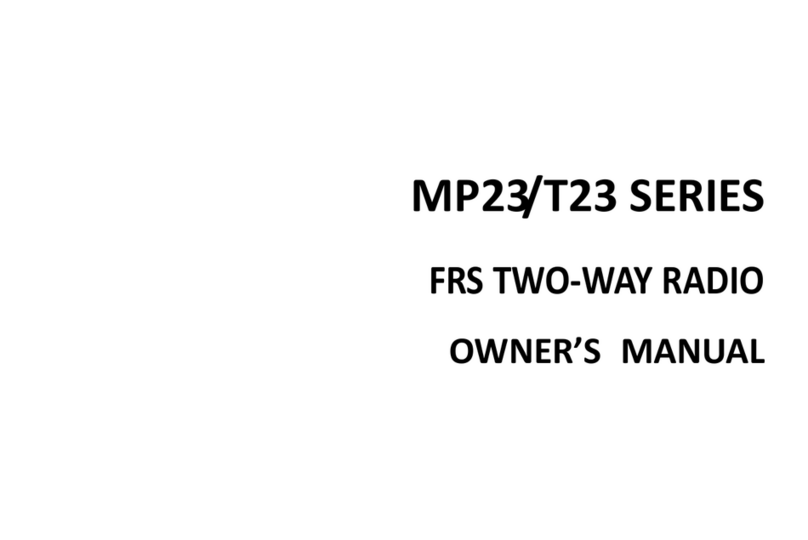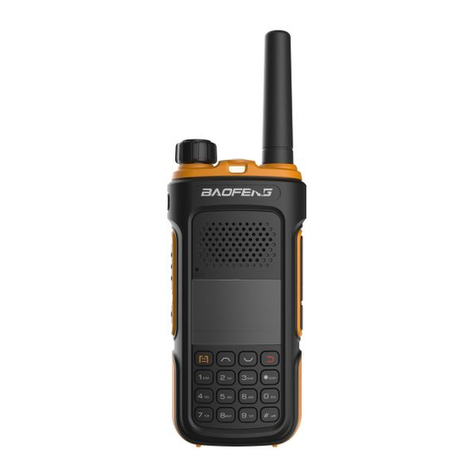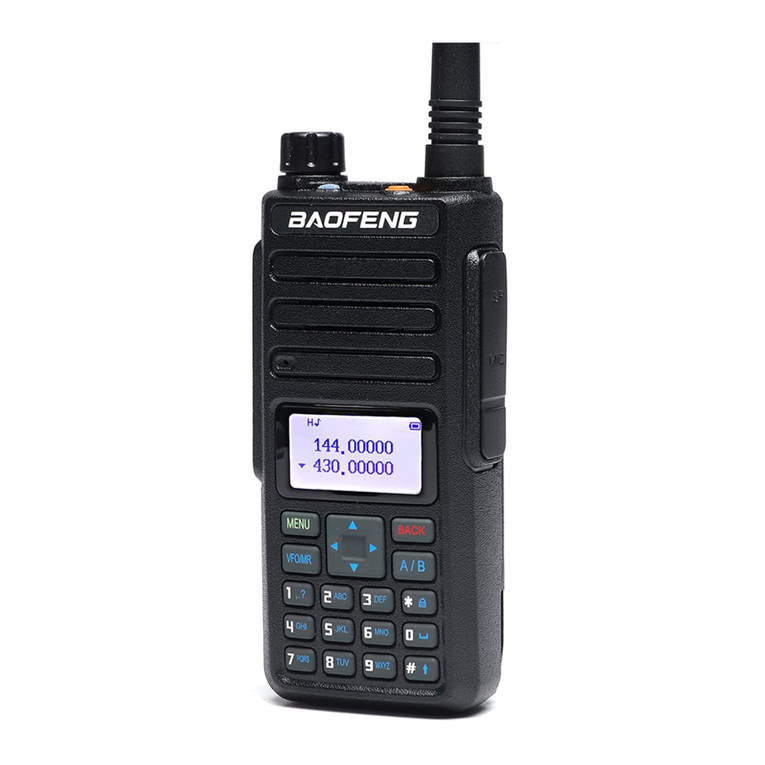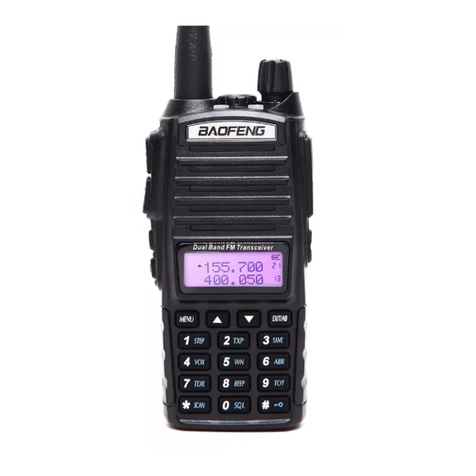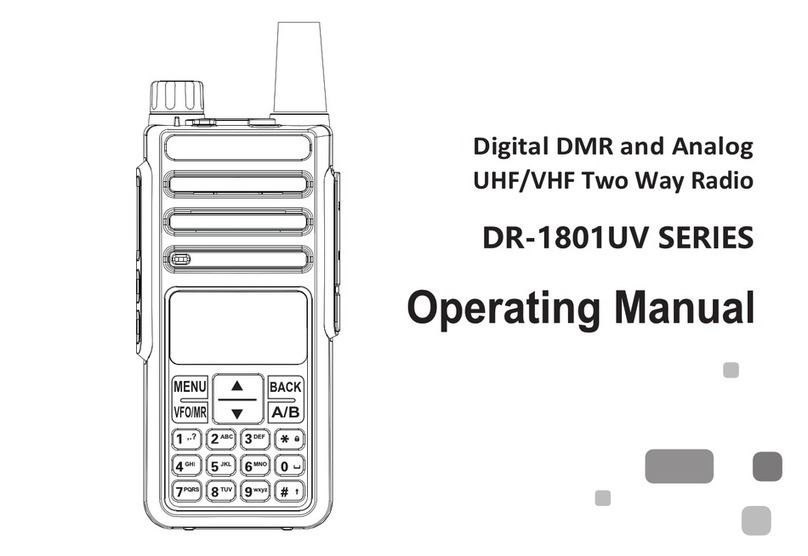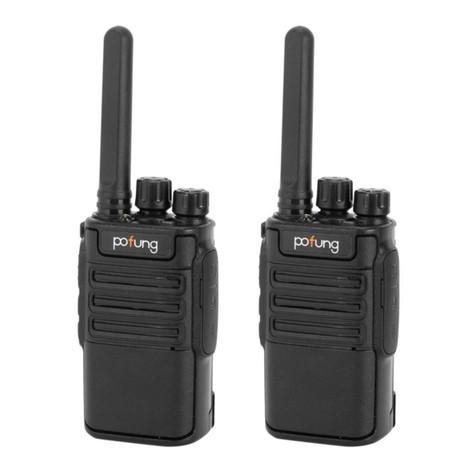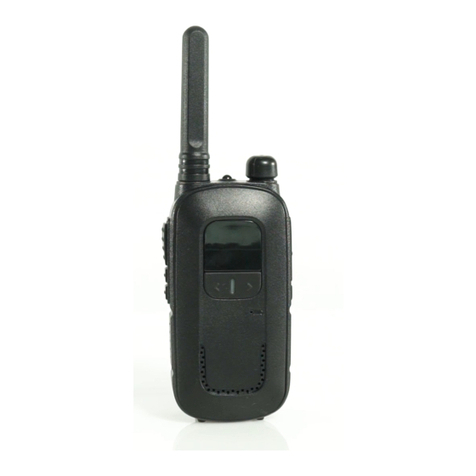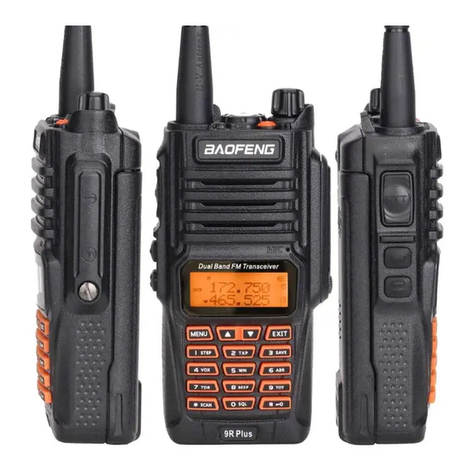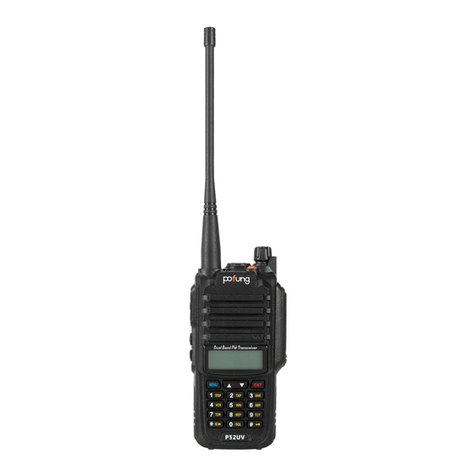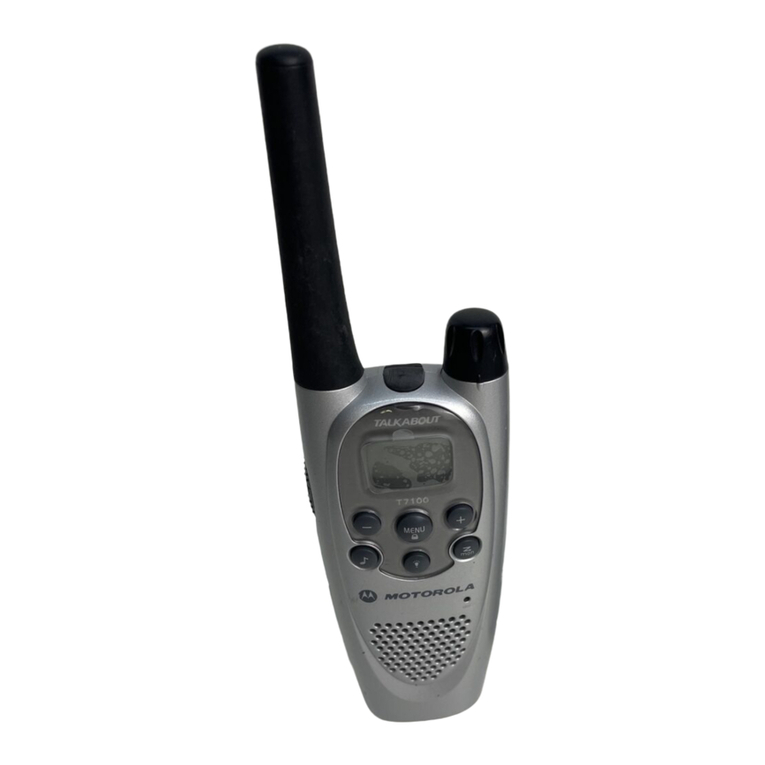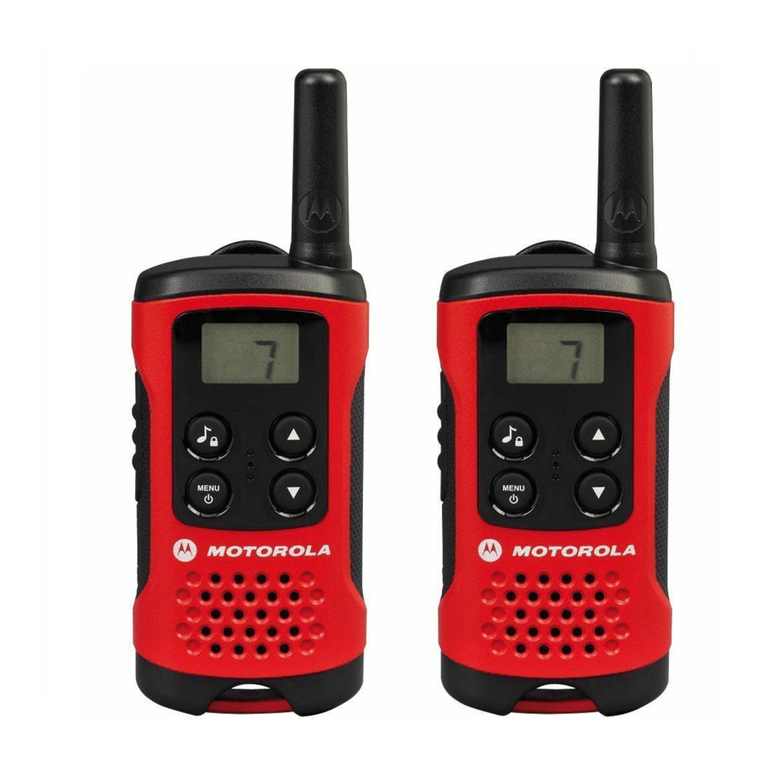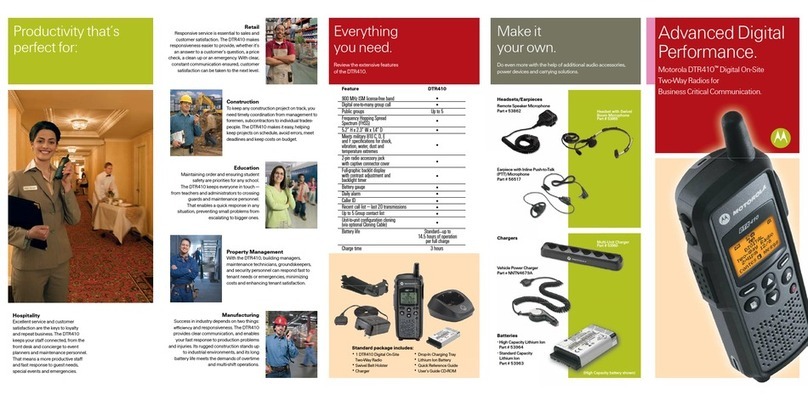
WARNING! Read this information before using the radio. In August 1996 the Federal Communications Commission (FCC) of
the United States with its action in Report and Order FCC 96-326 adopted an updated safety standard for human exposure to
radio frequency electromagnetic energy emitted by FCC regulated transmitters.
Those guidelines are consistent with the safety standard previously set by both U.S. and international standards bodies. The
design of the radio complies with the FCC guidelines and these international standards.
Never allow children to operate the radio without adult supervision and the knowledge of the following guidelines.
WARNING! It is up to the user to properly operate this radio transmitter to insure safe operation. Please adhere to the
following:
Use only the supplied or an approved antenna. Unauthorized antennas, modifications, or attachments could impair call
quality, damage the radio, or result in violation of FCC regulations.
Do not use the radio with a damaged antenna.
If a damaged antenna comes into contact with the skin, a minor burn may result. Please contact your local dealer for a
replacement antenna.
Our PO FUNG ELECTRONIC(HK) INTERNATIOANL GROUP COMPANY radio generators RF electromagnetic energy during
transmit mode.This radio is designed for and classified as“Occupational Use Only”,meaning it must be used only during the
course of employment by individuals aware of the hazards,and the ways To Minimize Such hazards.
This radio is NOT intended for use by the“General Population”in an uncontrolled environment. This radio has been tested
and complies with the FCC RF exposure limits for“Occupational Use Only”.
Inaddition, our PO FUNG ELECTRONIC(HK) INTERNATIOANL GROUP COMPANY radio complies with the following Standards
and Guidelines with regard to RF energy and electromagnetic energy levels and evaluation of such levels for exposure to
humans:
---IEEE Std. 1528:2013 and KDB447498, Evaluating Compliance with FCC Guidelines for Human Exposure to Radio Frequency
Electromagnetic Fields.
---American National Standards Institute (C95.1-1992), IEEE Standard for Safety Levels with Respect to Human Exposure to
Radio Frequency Electromagnetic Fields, 3 kHz to 300 GHz.
---American National Standards Institute (C95.3-1992), IEEE Recommended Practice for the Measurement of Potentially
Hazardous Electromagnetic Fields-RF and Microwave.
The information listed above provides the user with the information needed to make him or her aware of RF exposure, and
